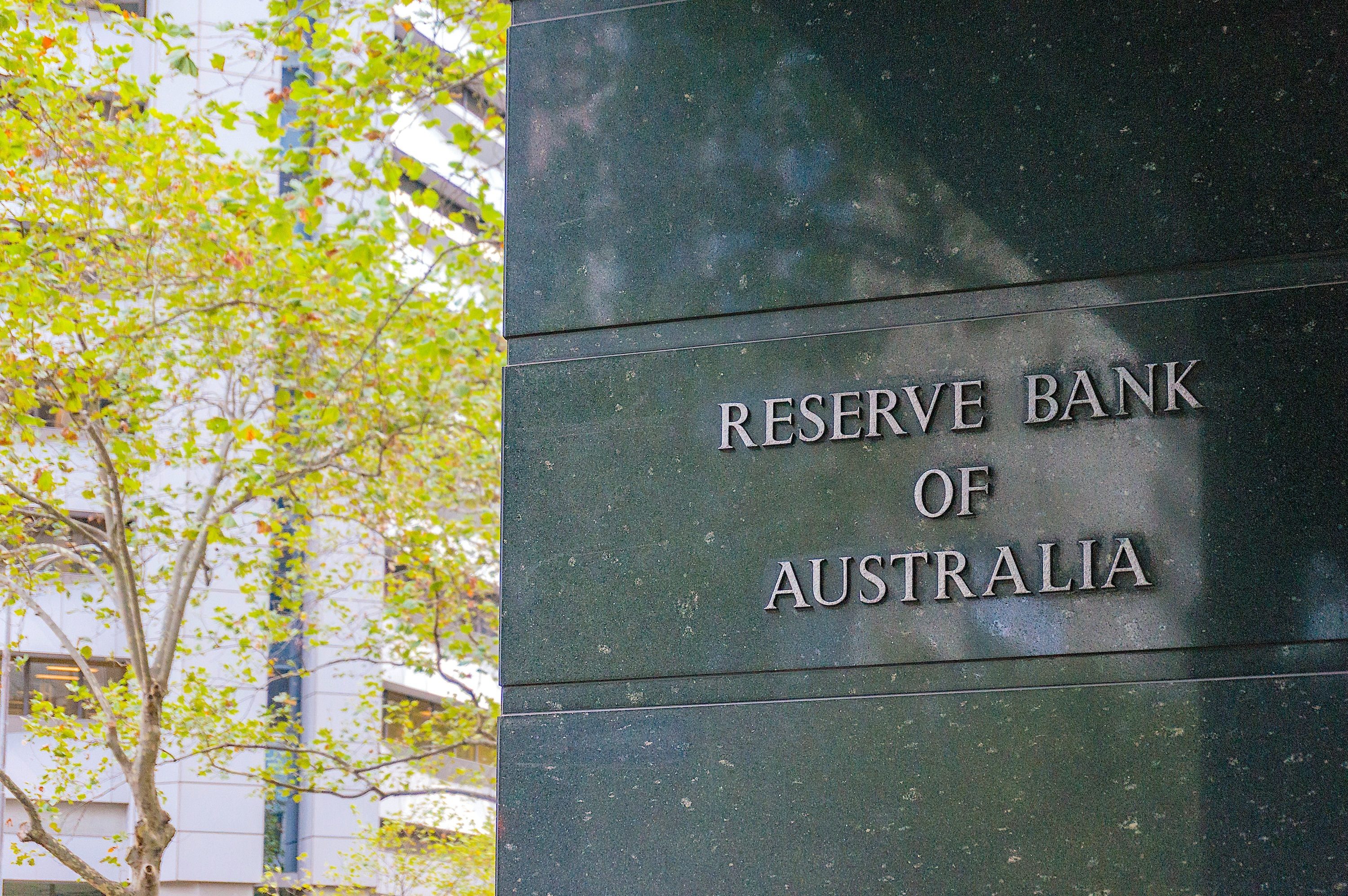What is an investment home loan?
Investment property loans are a type of home loan used to purchase an investment property.
How does an investment loan work?
An investment home loan works much in the same way as an owner-occupied home loan does.
Investors apply for a loan to purchase an investment property and after they are approved and the purchase settles, they must make repayments that contribute towards repaying the loan.
There’s an agreed-upon period of time in which the investment loan must be paid back, and interest is charged on the outstanding loan balance.
What types of investment loan rates are there?
Investment home loan interest rates come in a few different forms, each with different advantages and disadvantages.
Variable investment loan rates
Choosing a variable rate investment home loan will mean that your interest rate will change over the term of your loan, influenced by economic factors such as inflation and the Reserve Bank cash rate. This can be a good thing when variable interest rates are decreasing, but a bad thing when rates are rising.
Variable investment loans typically offer features like:
Fixed investment loan rates
Unlike a variable rate, fixed-interest investment home loan rates let you lock in at the same rate, usually for between 1 to 5 years.
Fixed investment home loans typically come with fewer features than variable rate ones have. However, you can still find a handful that have offset accounts and redraw facilities included, or for an extra fee.
The real advantage of a fixed rate for your investment property is that it provides consistent repayments for a set period of time, helping you to budget more efficiently as you pay down your loan. This also means no nasty rate-rise surprises.
Split investment loan rates
Some property investors like to hedge their bets by ‘splitting’ their loan into a fixed-rate portion and variable rate portion. This is known as a split rate home loan.
Investment home loan repayment types
Just as you have an option between fixed or variable rates, you will also have to choose your preferred repayment structure. You usually have two choices: principal & interest and interest-only home loans.
Principal & interest (P&I)
A principal & interest (P&I) repayment structure means that you not only repay the interest you accrue on your investment loan, but the principal (your loan amount) too. The result of P&I repayments is that you will have fully repaid the loan and any interest owed by the end of the term. That’s not the case with interest-only home loans.
Interest-only (IO)
Picking an interest-only loan means your repayments consist solely of the interest you accrue on your loan balance. This can result in cheaper repayments, but you won’t be able to pay off any of the principal amount you borrowed in the first place. As a consequence, it’ll take you much longer to pay off your investment loan.
It’s important to note that no lender allows you to have IO repayments indefinitely. There’s usually a maximum number of years before you must begin paying off your principal. It differs between lenders, but you can typically stay on IO repayments for a maximum of 5 to 10 years.
Why is an interest only loan better for an investment property?
Due to their low-cost repayments, interest-only investment loans are usually favoured by property investors who prefer to have spare cash handy for other ventures.
Some investors may also prefer an interest-only home loan because they never intend to pay off the loan. Rather, some aim to purchase a property using a loan, pay the minimum amount of repayments to keep their loan, then sell the property for a profit.
But, plenty of owner-occupiers take out interest-only loans for similar reasons, like freeing up cash to pay off credit card debts.
How to compare investment property loans
The process of finding an investment home loan is relatively straightforward, if you know what you’re looking for. But for those that need a bit of guidance, it can help to frame your search by thinking about:
- Which type of interest rate you want (variable or fixed),
- The repayment structure you prefer (principal & interest or interest-only),
- If it provides the features you want (e.g. offset account and redraw facility),
- The eligibility criteria for the loan (e.g. LVR requirements, minimum loan amounts),
- And whether the interest rate is competitive.
The key is finding a loan that fits your budget, needs, and wants, while making sure you’re eligible to apply.
How can I get the best investment home loan rates?
Lenders want to know that you’re capable of paying your investment loan back and are more likely to offer those with the most stable financial footing the best rates. This can mean having a:
- Low loan-to-value ratio (LVR)
- Deposit of at least 20% of the property value
- ‘Good’, ‘great’, or ‘excellent’ credit score
- Low level of existing debts
- Strong household income
- Good history of savings.









 Borrowing calculator
Borrowing calculator
 Repayments calculator
Repayments calculator
 Comparison calculator
Comparison calculator







.png)

